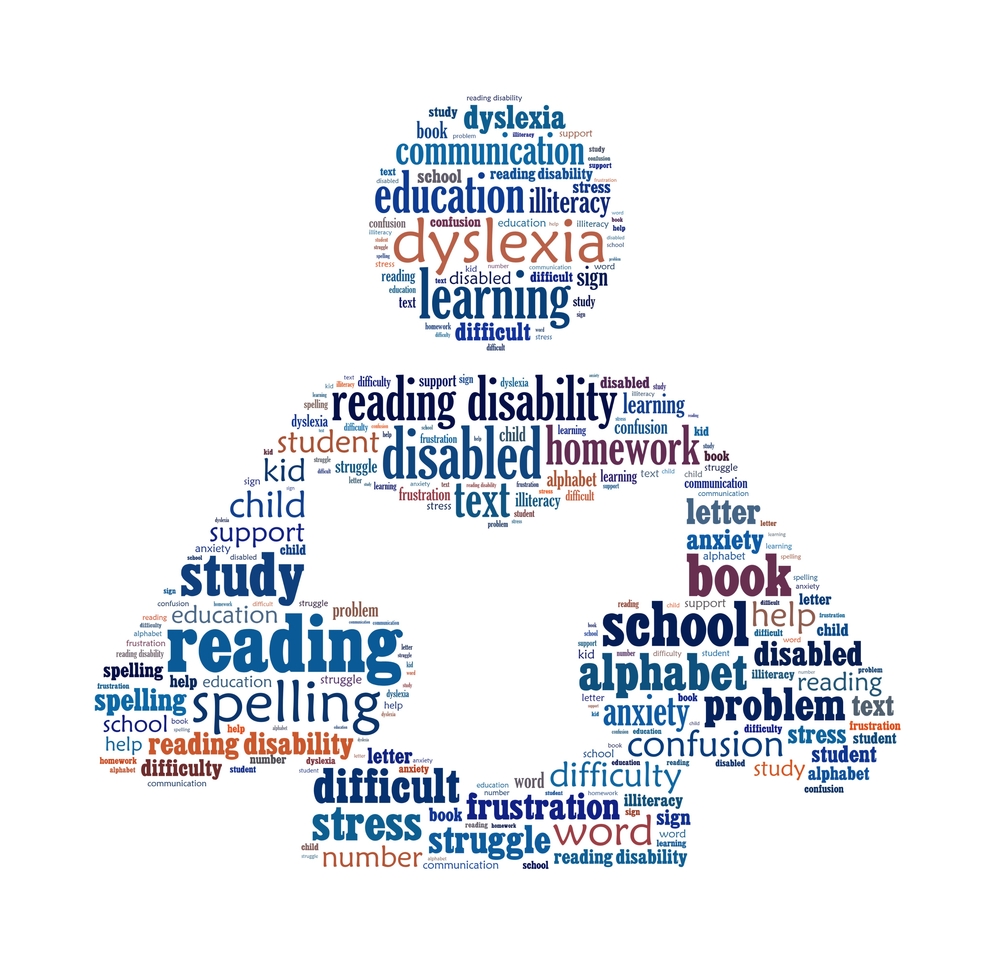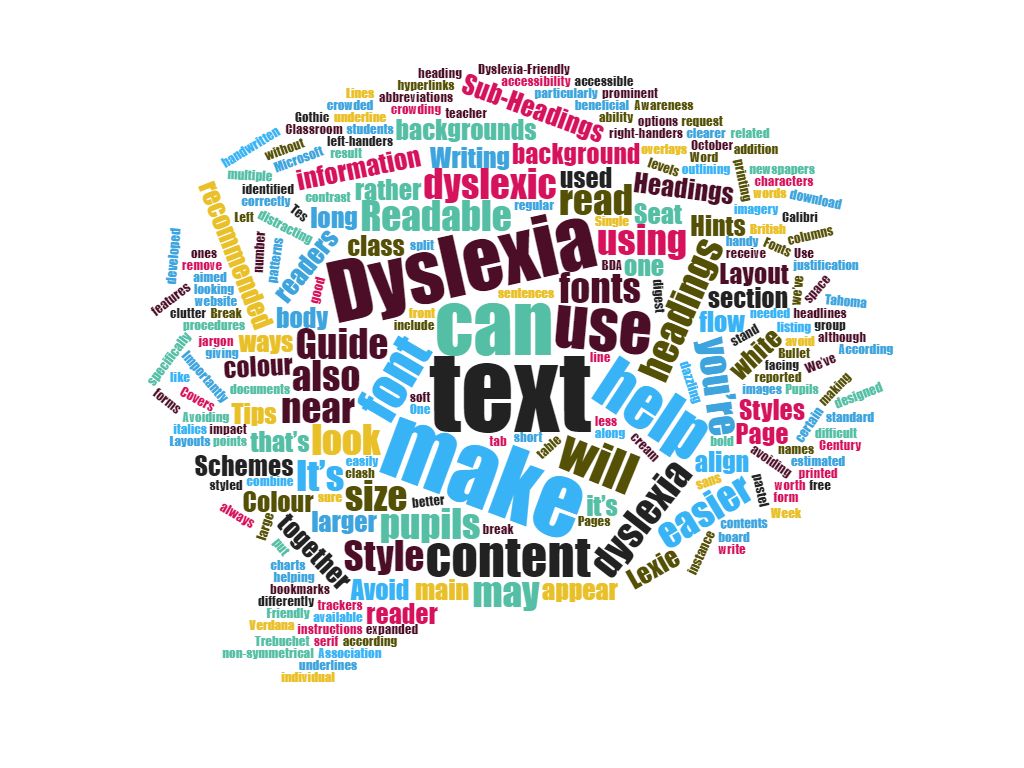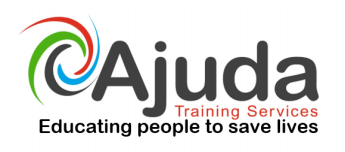
What is Dyslexia?
Fundamentally, when commemorating Dyslexia Awareness Week it’s essential to discuss what dyslexia is.
Far from rare, dyslexia is a common difficulty people face when reading text or words. Because intelligence is not impacted, it is not described as a learning disability but a difficulty.
The main disruption dyslexia causes is phonological awareness. In other words, this is our ability to understand sounds and letters (phonemes).
The extent of a person’s dyslexia can greatly vary. For some people, their dyslexia may just slow them down when reading and writing. But for others, dyslexia can be as serious as causing visual interruptions when reading, with words and letters appearing blurred.
When affecting an estimated 10% of the UK population, it’s important to fully understand what dyslexia is. This is especially the case for Dyslexia Awareness Week in schools, whereby reading, writing and general learning are integral to everyday life.
What can be done to support people with dyslexia?
As well as showing awareness and a thorough understanding of what dyslexia is, it’s important to understand how to help those who struggle with it. This is not only the case for Dyslexia Awareness Week but should be day-to-day normality.
Of course, you should always be patient with those who struggle to read. Always encourage them. Whilst it may not appear so on the outside, they may find this a major challenge. Remember this and offer to help if you can.
As a parent, an enjoyable whilst helpful activity to do could be reading to your child. This way, you can inspire them to get interested in stories, imaginative language and vocabulary. By sharing ideas about books, you can discuss key ideas and help your child get a better grip on language.
5 Facts for Dyslexia Awareness Week:
If you’re commemorating Dyslexia Awareness Week, you could discuss these interesting facts with your class:
- Britain’s favourite foodie, Jamie Oliver, is dyslexic. Rather than seeing this as a negative, Jamie is proud of his dyslexia. He believes this enables him to see the world from a different perspective. Dyslexia has not held him back, and you don’t have to look far to see the evidence. As of 2020, he has a net worth of an estimated £230 million.
- 50% of people with dyslexia are left-handed, whereas only 11% of the total UK population are left-handed.
- The Dyslexic brain is typically larger than the average-sized brain and often more creative.
- The most common cause of dyslexia is genetics and the way the brain neurologically develops.
- Dyslexia can also be acquired later in life, due to a brain injury from trauma or disease.


